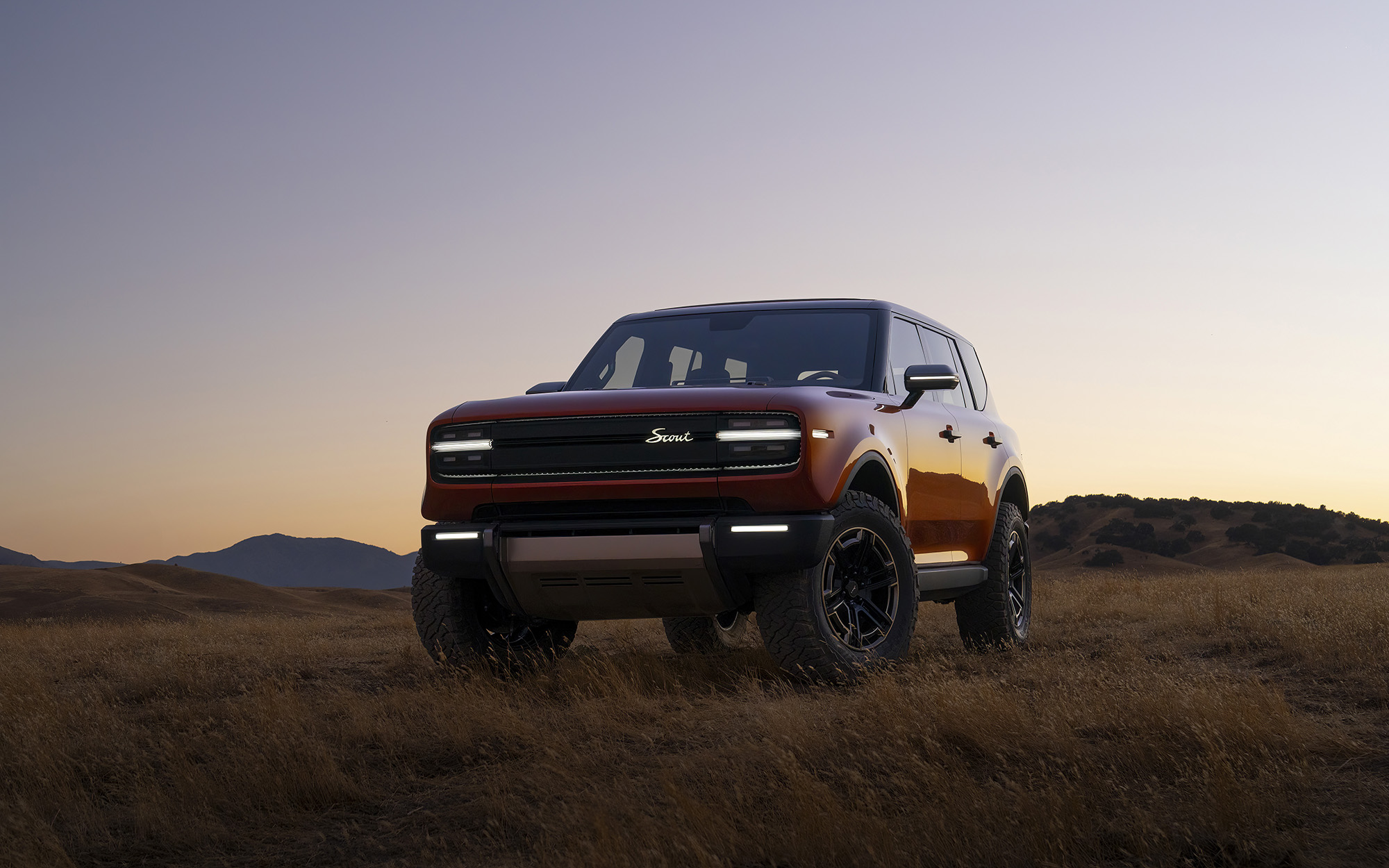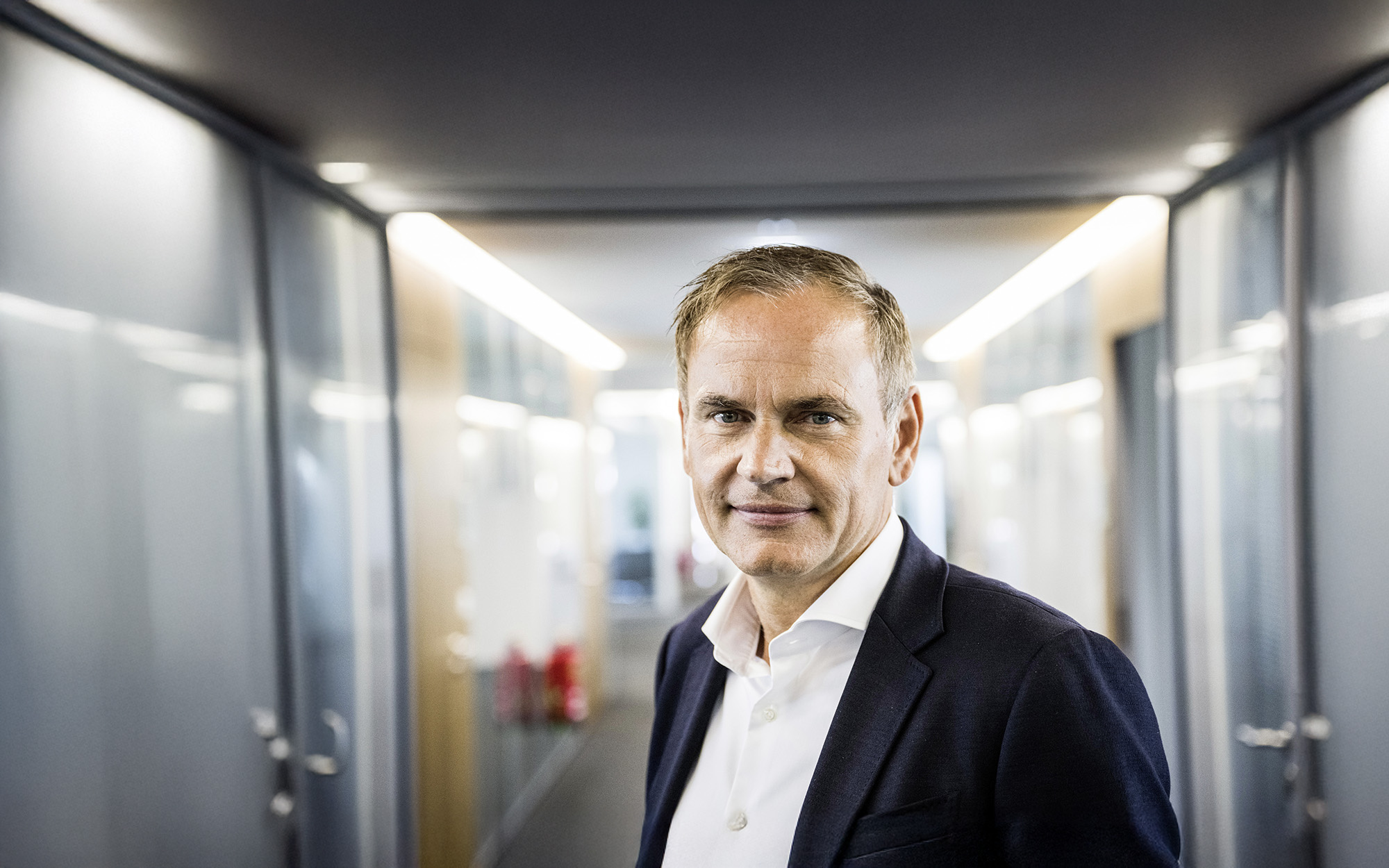One of the most commonly mentioned subjects when I inquired with subscribers to the ooooIYKYK weekly email newsletter about content for this site was to address and report upon the trade war waging between Europe and the U.S. as exemplified by the tariffs that currently see new Audi inventory held at port and no further shipments coming to the U.S.A. at this time. That’ll be a reporting focus then, which this week turns to comments made by Volkswagen Group CEO Oliver Blume.
You had to assume Audi and its owner the Volkswagen Group began to plan for dealing with these new trade conditions from day 1 (if not sooner) and now Blume hat chatted about it in an interview with Frankfurter Allgemeine Zeitung that published Friday then further reported by Fortune in English.
For starters, Blume shared that he is negotiating investments directly with the American administration. Part of the strategy he sited is for Audi to reposition to include American production.
The timing of such comments seems aligned with comments made by President Trump earlier last week where it was mentioned that he’s exploring temporary exemptions to tariffs on imported cars and auto parts in order to accommodate companies with the added time necessary to set up or augment U.S. production.
WHAT COULD AUDI PRODUCE IN THE USA AND HOW WOULD THAT EVEN HAPPEN?
Audi already produces the Q5 in the North American region with its factory in San José Chiapa. Ironically, the location was chosen over a U.S. option due to Audi’s prioritization of world Q5 production and the tariffs a Mexican produced Q5 would meet in various markets versus those a U.S. built Q5 product would meet. No doubt this trade war has reshuffled those conditions, but setting up a Q5 production point in the U.S.A. would still be incredibly difficult in any short amount of time.
More realistic is Audi making use of existing Volkswagen Group production facilities. There aren’t many, but there are two options so let’s dig into those.

CHATTANOOGA, TENNESSEE VOLKSWAGEN
The Volkswagen brand has operated a factory in Chattanooga since 2011 where it has produced the Volkswagen Passat sedan, Atlas SUV and, more recently, ID.4 electric crossover. These are based on derivatives of the MQB architecture in the case of the Passat and Atlas, or MEB in the case of ID.4.
In theory, sticking to existing architectures are the more likely scenario given the need for a supplier base and complexity of the production line. At Audi, North American relevant product on MQB are the A3/S3/RS 3 and Q3, with the Q3 being the more likely scenario by my guess. Also, the Q4 e-tron is based on MEB along with the ID.4, so that too is our best guess at a potential U.S.-built product coming out of Tennessee. Like the Q5, it’s likely the average Q3 or Q4 e-tron buyer doesn’t care about German production, unlike the S3 and RS 3.

COLUMBIA, SOUTH CAROLINA SCOUT
Less details are known here, but we know enough to theorize on the subject. Scout is an upstart within the Volkswagen Group portfolio, and set to launch its own SUV and pickup into the U.S. market by 2027. The Scout products are slated for an all-new body-on-frame EV platform with optional internal combustion range extender mounted in the rear of the chassis. In as much, no other Volkswagen Group product is based on this platform as of yet.
One has to assume though that, even before the trade war, Volkswagen Group has been eyeing this new architecture. Given the targeted price point of the Scout offerings and the size of the product, Audi and Porsche likely would make the most sense to manifest their own more premium products off of the Scout hardware set so as not to compete with the startup.
Interestingly, Audi already has the Q9/SQ9/RS Q9 far along in development and Porsche’s also working on its own three-row SUV to slot in above the Cayenne. Though it hasn’t been seen yet, a Bentley is also likely in the works. However, these are believed to be PPC matrix-based products, which means any Scout derived models would be in addition to them if I’m doing my math correctly.


